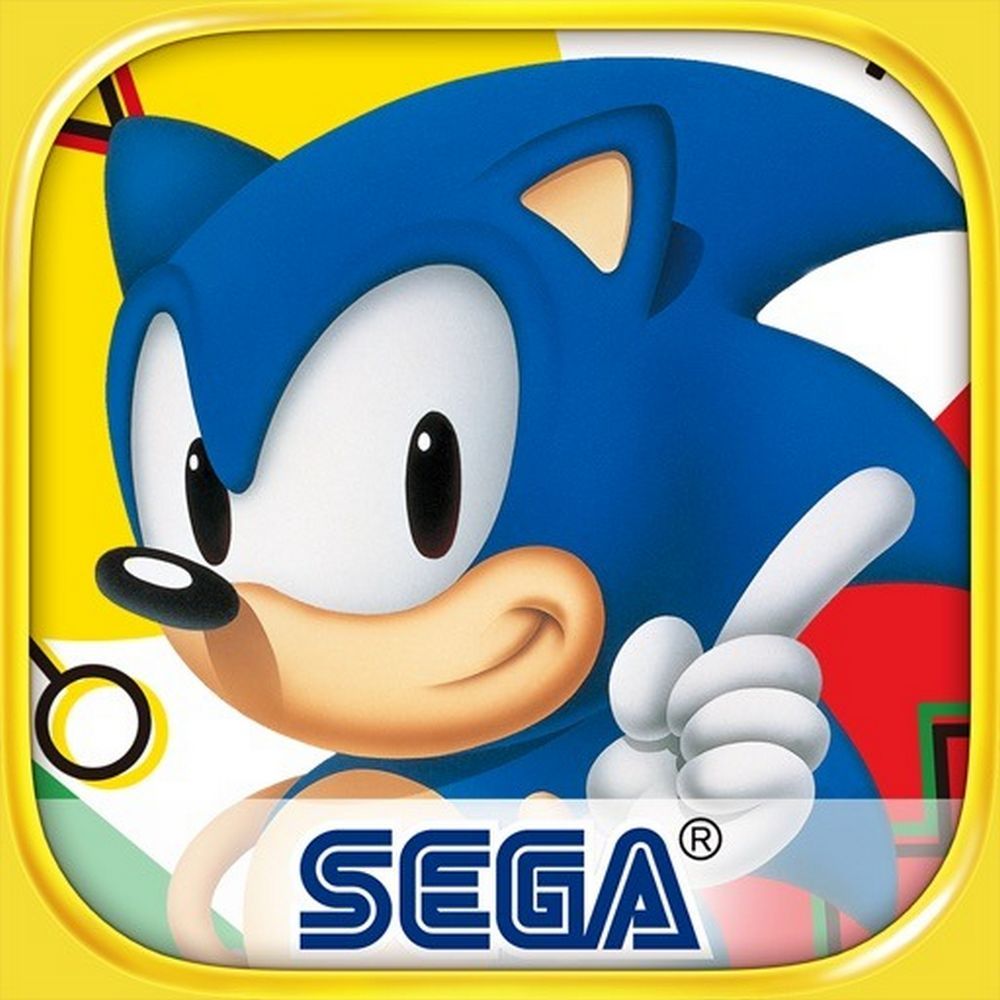
Sonic the Hedgehog™ Classic
All trademarks belong to their respective owners.Popular Now
 God of War Ragnarök
God of War Ragnarök
 Call of Duty
Call of Duty
 League of Legends
League of Legends
 Minecraft
Minecraft
 Gacha Club
Gacha Club
 Geometry Dash
Geometry Dash
 Valorant
Valorant
 Warframe
Warframe
 Toca Boca World
Toca Boca World
 Roblox
Roblox
Beyond the Rings: The Enduring Art and Sound Design of Classic Sonic
Long after the controllers are put down and the save files forgotten, certain video games leave an indelible mark not just through their gameplay, but through their unforgettable sensory experience. For Sonic the Hedgehog™ Classic, this is profoundly true. Beyond the blur of speed and the thrill of collecting rings, the series carved its place in gaming history with an enduring art style that burst with vibrant energy and legendary soundtracks that became anthems for a generation. The synergistic blend of its iconic visual design and its unparalleled sound design created a multi-sensory masterpiece that captivated players and remains influential decades later.
A Canvas of Pixels: The Vibrant Art Style
The visual identity of classic Sonic was a deliberate departure from the more subdued palettes of its contemporaries, embracing a bold, expressive aesthetic.
- Vibrant Color Palettes: Classic Sonic zones are a kaleidoscope of bright, contrasting colors. From the lush greens and blues of Green Hill Zone to the fiery oranges of Marble Zone and the shimmering purples of Star Light Zone, each environment was instantly recognizable by its distinct hue. This vibrant aesthetic contributed to a sense of energy and excitement, reflecting the game’s high-speed nature.
- Distinctive Environmental Storytelling: Each zone had a unique theme and visual identity, hinting at a larger world. Chemical Plant Zone with its bubbling liquids and industrial machinery, Mystic Cave Zone with its ancient ruins, or Carnival Night Zone with its bouncy platforms and festive lights – these environments weren’t just backdrops; they told a subtle story through their design, inviting players to explore diverse landscapes.
- Iconic Character Design: Sonic himself was a design marvel: sleek, cool, and rebellious. His sharp quills, confident smirk, and iconic blue contrasted sharply with the more approachable, softer designs of other mascots. Dr. Robotnik (Eggman) was equally memorable, a rotund, comical villain with a menacing edge. Even the Badniks, robotic animal enemies, had distinct, often whimsical designs that made them instantly recognizable.
- Expressive Pixel Art: Despite the technological limitations of the Sega Genesis, the pixel art in classic Sonic games was remarkably expressive. Character sprites conveyed a wide range of emotions and actions, from Sonic’s confident run to Robotnik’s frustrated gestures. Backgrounds featured intricate details, parallax scrolling added depth, and special effects (like water reflections or shimmering heat hazes) pushed the console’s capabilities, showcasing meticulous craftsmanship.
The Soundtrack of Speed: A Legacy of Unforgettable Music
The music of classic Sonic is not merely background noise; it is an integral part of the experience, driving the pace and cementing the game’s identity.
- Catchy, Upbeat Melodies: The soundtracks, largely composed by Masato Nakamura (for Sonic 1 & 2) and later featuring contributions from artists like Michael Jackson’s team (for Sonic 3), are renowned for their incredibly catchy, upbeat melodies. These tunes perfectly complemented the fast-paced gameplay, adding to the feeling of kinetic energy and excitement.
- Musicality of Gameplay: The music often synced directly with the gameplay. Speeding up, collecting rings, or entering a special stage would often trigger subtle musical cues or tempo shifts, creating a cohesive audio-visual experience. This made the music feel like an active participant in the adventure, rather than just an accompaniment.
- Iconic Zone Themes: Each zone had its own distinct musical theme that became synonymous with the level itself. The energetic rush of Green Hill Zone, the playful bounce of Star Light Zone, the ominous industrial beat of Chemical Plant Zone, or the epic grandeur of Flying Battery Zone – these tracks are instantly recognizable and evoke strong feelings of nostalgia and excitement.
- Memorable Jingles and Sound Effects: Beyond the main themes, the classic Sonic games were full of iconic jingles and sound effects. The triumphant “Ring Collected” sound, the chaotic “Spindash” rev, the dramatic “Death” jingle, the short “Invincibility” theme, and the frantic “Low Ring” warning – these auditory cues provided essential feedback and contributed significantly to the game’s overall personality.
- Genre-Defining Sound: The music blended elements of synth-pop, funk, rock, and early electronic dance music, creating a unique sound that defied easy categorization. It was modern, edgy, and distinct, perfectly mirroring Sonic’s own rebellious image and contributing to the game’s overall “cool” factor.
The enduring appeal of classic Sonic the Hedgehog is a testament to its holistic design. Its vibrant, expressive art style painted a world of boundless energy, while its legendary soundtracks provided the pulse and rhythm that drove players forward. Together, the visual and sound design created a truly immersive and unforgettable experience, cementing Sonic’s legacy not just as a gaming icon, but as a masterpiece of synergistic artistic vision.
What classic Sonic zone theme is your absolute favorite, and why?
Rating
PROS
- Fun, colorful graphics
- Challenging and varied levels
- Classic Sonic gameplay
- Classic soundtrack
- Supports retro gaming
- Easy to pick up and play
- Multiplayer mode for added competition and fun
- Supports achievements and leaderboards
CONS
- It may be too difficult for some players
- Limited variety of power-ups
- Limited replay value
- No online multiplayer options
